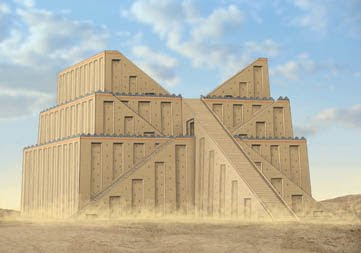 You may remember me commenting some time ago how Bible artists, who travelled to the Holy Land in the late 1800's - early 1900's to gather references for their Bible pictures, were "too heavily influenced by what they saw" and photographed. (See Margaret Tarrant and William Hole). Well, having now seen the newly released collection of photo's titled 'Traditional Life and Customs' available from lifeintheholyland.com, I can now understand the reasons why these artists illustrated exactly what they witnessed! For instance, when you look at how primitive the farming methods recorded in these photos are, it's hard to imagine how they could have changed from Bible times. This collection of picture cd's will be an excellent resource for Bible artists. Many thanks to Professor Todd Bolen for making them available.
You may remember me commenting some time ago how Bible artists, who travelled to the Holy Land in the late 1800's - early 1900's to gather references for their Bible pictures, were "too heavily influenced by what they saw" and photographed. (See Margaret Tarrant and William Hole). Well, having now seen the newly released collection of photo's titled 'Traditional Life and Customs' available from lifeintheholyland.com, I can now understand the reasons why these artists illustrated exactly what they witnessed! For instance, when you look at how primitive the farming methods recorded in these photos are, it's hard to imagine how they could have changed from Bible times. This collection of picture cd's will be an excellent resource for Bible artists. Many thanks to Professor Todd Bolen for making them available.The following description is taken from Todd Bolen's website:
Founded in 1881 by Horatio Spafford (author of the famous hymn, It is Well With My Soul), the American Colony in Jerusalem operated a thriving photographic enterprise for almost four decades. Their images document the land and its people, with a special emphasis on biblical and archaeological sites, inspirational scenes, and historic events. One of the photographers, G. Eric Matson, inherited the archive, adding to it his own later work through the “Matson Photo Service.” He eventually donated all the negatives to the U.S. Library of Congress, which has made them available to the public.
This CD includes more than 600 selected photographs of life practices of native people in Palestine in the early 20th century, including scenes of the agricultural cycle, locust plagues, shepherds, fishermen, religious observances, and home life. All of the images are included in pre-made PowerPoint® files for quick and easy use, as well as in high-resolution jpg format, suitable for projecting or printing. Quotations from 19th-century travelers give additional context to the photographs.
Sample picture. (click on picture for larger image).
 Amongst other subjects, the collection includes:
Amongst other subjects, the collection includes:Agricultural Life: Plowing, Sowing, Water, Vineyards, Locust Plague, Grain Harvest and Olive Harvest (185 photos total)
Home Life: Food Preparation, Women at Work, and Weddings (100 photos total)
Religious Life: Christian, Jewish, Muslim, and Samaritan (110 photos total)
Work Life: Clothes Making, Fishing, Pottery Making, Shepherds, Trades, and Travel (150 photos total)
For more information on this excellent collection click here. One final word of advice, artists should still use discretion when using early photos for reference as Arab style clothing will be predominantly seen in photos from this period, and there may be some buildings seen in the photos which show architectural features which were not found in Bible times.
Images © lifeintheholyland.com 2010


